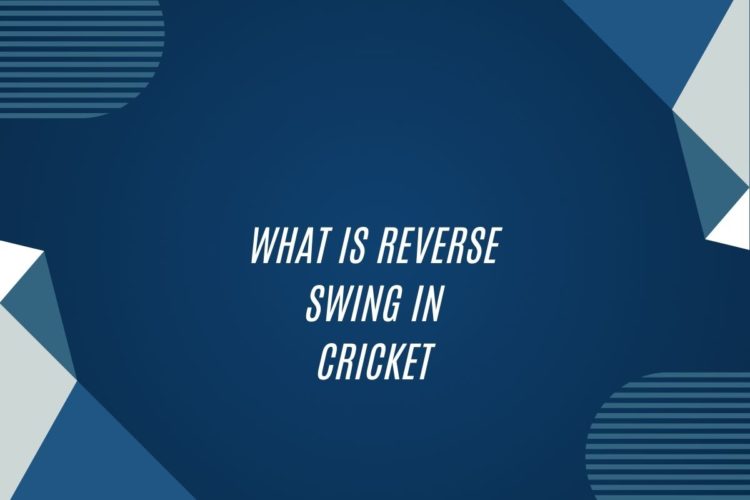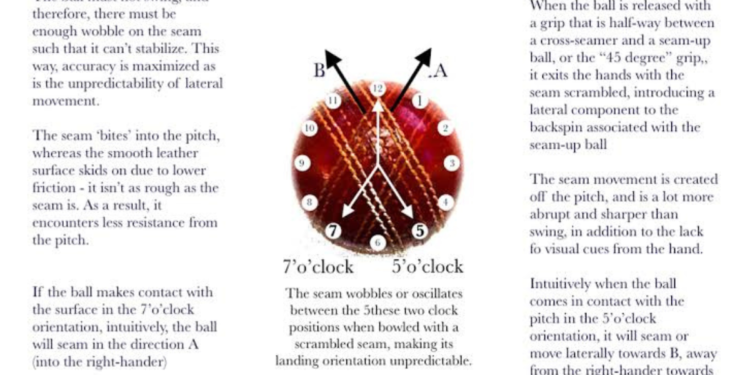Reverse Swing Explained
Reverse swing is a phenomenon in cricket where the cricket ball, upon release, moves opposite to the direction expected by the batsman. It is a skill possessed by very few bowlers in the game, requiring exceptional control, skill, and understanding of the intricacies of the game. The art of reverse swing can completely change the dynamics of a match, turning a seemingly lost cause into a winning position for the bowling side.
The key to achieving reverse swing lies in factors such as the condition of the ball, the skill of the bowler, and the pitch conditions. Bowlers use a combination of techniques to make the ball swing in the opposite direction, often relying on subtle changes in grip, seam position, and wrist position to deceive the batsman. When executed successfully, reverse swing can be a potent weapon in the bowler’s arsenal, leading to unexpected dismissals and turning the tide of the game in their favor.
How Reverse Swing Differs from Conventional Swing
Reverse swing and conventional swing are two distinct bowling techniques employed in the game of cricket. The primary difference lies in the direction in which the ball moves in the air. While conventional swing involves the ball swinging towards the shiny side, reverse swing sees the ball moving in the opposite direction, towards the rough side.
Moreover, the conditions required for reverse swing are unique compared to conventional swing. Reverse swing occurs more prominently on dry and abrasive pitches, whereas conventional swing is generally more effective on lush green pitches with moisture in them. This stark contrast in environmental dependencies makes reverse swing a challenging skill to master for bowlers, requiring a keen understanding of the varied dynamics at play during a cricket match.
Key Factors That Influence Reverse Swing
Reverse swing, a deceptive weapon in a bowler’s arsenal, is heavily influenced by several key factors. One crucial aspect is the condition of the cricket ball. As the ball gets older and rougher, it becomes easier for bowlers to generate reverse swing. The rough surface of the ball, caused by wear and tear during the game, allows the bowler to manipulate the airflow around the ball, leading to the ball swinging in the opposite direction to what the batsman expects.
Another significant factor that impacts reverse swing is the skill and technique of the bowler. Bowlers who can bowl at high speeds and maintain consistency in their wrist positions are more likely to achieve reverse swing. The ability to deliver the ball with scrambled seam positions, using variations in grip and release point, plays a vital role in creating the conditions necessary for reverse swing to occur. Mastering these technical intricacies requires dedication, practice, and a deep understanding of the physics behind reverse swing.
Historical Significance of Reverse Swing in Cricket
Reverse swing has played a pivotal role in the evolution of cricket, forever changing the dynamics of the game. With its origins traced back to the subcontinent, reverse swing has been instrumental in challenging traditional notions of bowling techniques. Its introduction marked a turning point in the sport, giving bowlers a powerful weapon to outsmart batsmen.
Throughout cricket history, the emergence of reverse swing has left an indelible mark on the game, sparking debates and controversies. Its unpredictability and effectiveness have led to memorable moments on the pitch, showcasing the skill and craft of bowlers who have mastered this art form. Reverse swing continues to be a fascinating aspect of cricket, captivating fans and players alike with its ability to swing matches in unexpected ways.
Techniques Used to Achieve Reverse Swing
Reverse swing is a prized skill in the game of cricket, often leaving batsmen befuddled and bowlers with a distinct advantage. One key technique used to achieve reverse swing is the maintenance of the ball’s shine on one side and allowing the other side to roughen up. Bowlers meticulously polish one side of the ball with sweat or saliva, while the other side is kept dry. This stark contrast in surface texture is essential in creating the aerodynamic conditions for the ball to swing in the opposite direction to what is expected.
Another crucial factor in achieving reverse swing is the angle at which the ball is delivered. Bowlers typically aim to release the ball at an angle, such that the shiny side is facing towards the leg side. This not only enhances the airflow over the rough side but also aids in generating movement in the air. By perfecting the art of releasing the ball at the right angle with the appropriate amount of shine and roughness, bowlers can master the elusive skill of reverse swing and become a potent threat to batsmen.






















